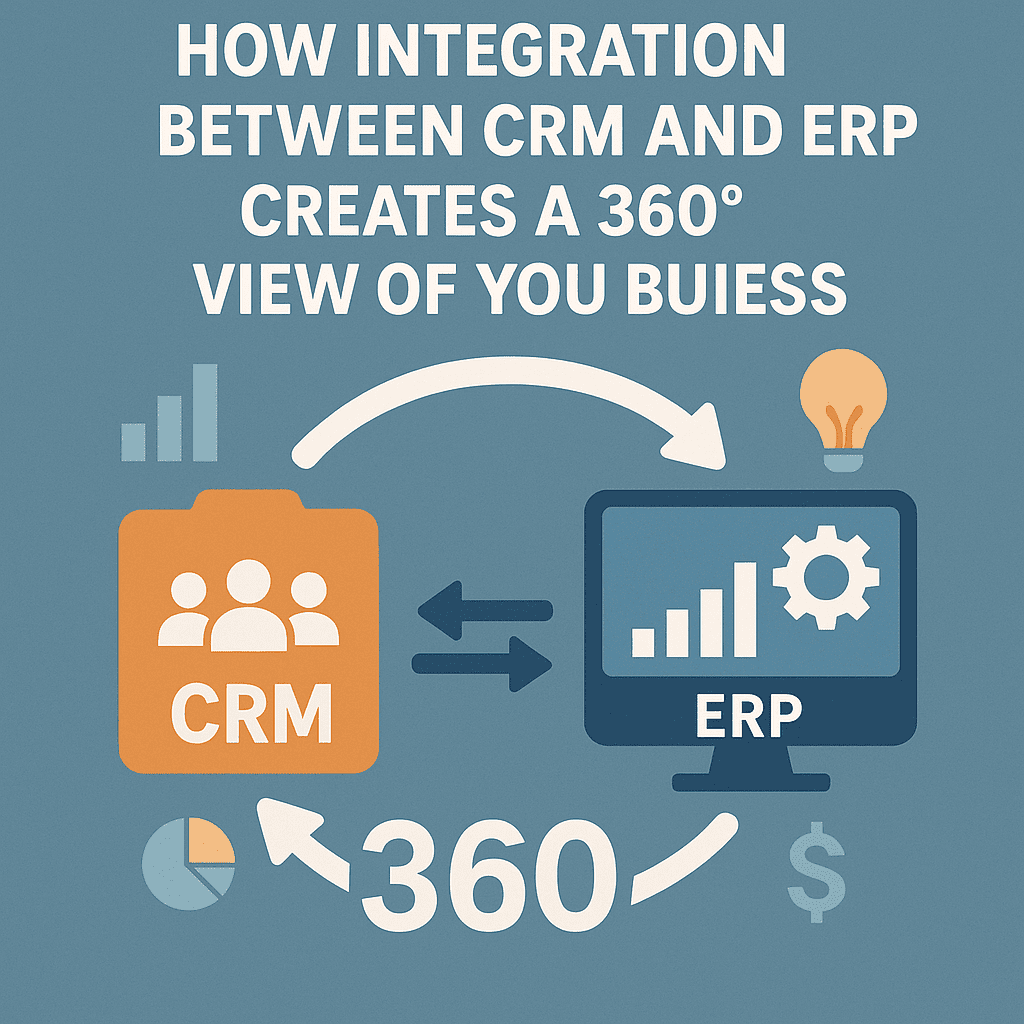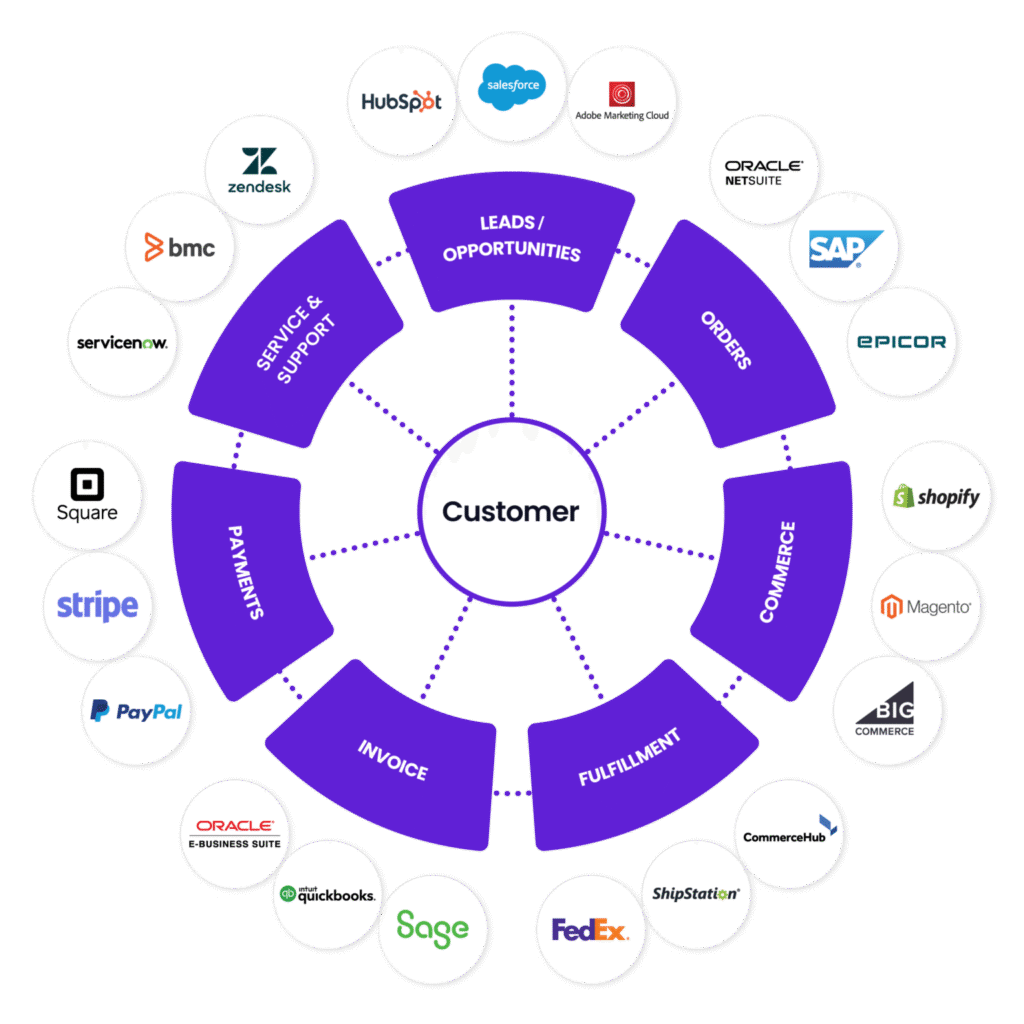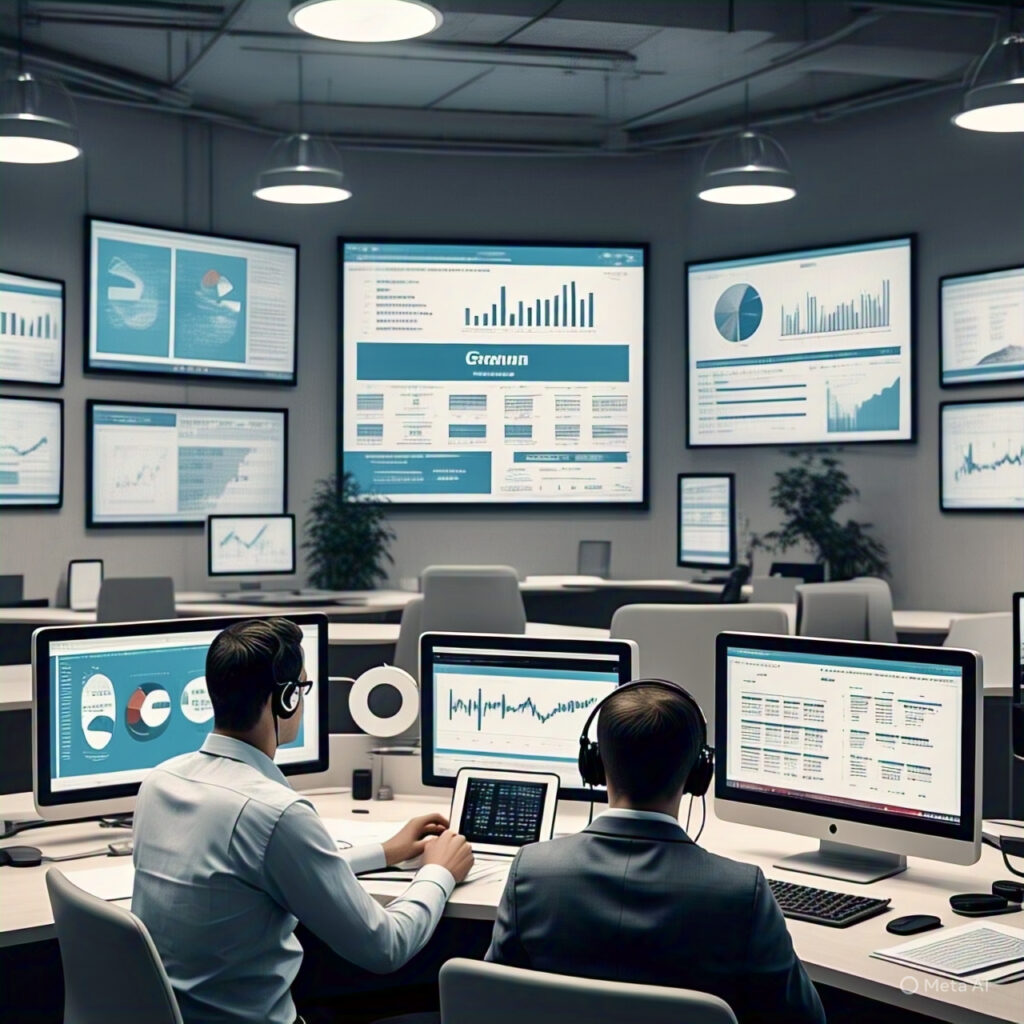Table of Contents

How Integration Between CRM and ERP Creates a 360° View of Your Business? In today’s fast-paced digital economy, businesses are constantly seeking smarter ways to operate more efficiently, boost customer satisfaction, and gain a competitive edge. One of the most transformative strategies in modern business management is the integration of Customer Relationship Management (CRM) and Enterprise Resource Planning (ERP) systems. When these two powerful platforms are connected, they offer a holistic, 360° view of your organization—unlocking a new level of visibility, decision-making, and operational excellence.
Understanding CRM and ERP Systems
Before diving into the benefits of integration, let’s briefly understand the core functions of CRM, ERPP systems:
- CRM (Customer Relationship Management):It helps manage all your company’s interactions with current and potential customers. It focuses on sales, marketing, customer service, and support—ensuring leads are tracked, relationships are nurtured, and experiences are personalized.
- ERP (Enterprise Resource Planning): ERP, on the other hand, is focused on the backend processes—such as accounting, inventory management, human resources, procurement, and supply chain management. It helps streamline internal operations and resources.
CRM, ERP systems on their own are powerful. But when combined, they form a unified platform that connects the front-end (customer-facing) operations with back-end (internal) processes, resulting in a truly connected business ecosystem.
The Power of Integration: A Unified Business Perspective
Here’s how integrating your CRM and ERP systems creates a 360-degree view of your business:
1. Real-Time Data Sharing
With integration, data flows seamlessly between departments. Sales reps using the CRM can instantly access inventory levels, shipping timelines, and invoicing status from the ERP—without needing to request updates manually. This real-time data exchange leads to faster, more accurate decisions and eliminates communication silos.
2. Improved Customer Experience
When sales, marketing, support, and operations have access to the same customer data, they can provide personalized, consistent experiences. From tailored promotions to proactive support and accurate order updates—customers feel valued, which drives loyalty and retention.
3. Enhanced Forecasting and Reporting
A combined platform gives you a complete view of the customer lifecycle, purchasing behavior, and revenue trends. With integrated analytics, you can forecast demand more accurately, allocate resources wisely, and respond swiftly to market changes.
4. Streamlined Operations and Reduced Costs
Automation is at the heart of integration. Tasks like updating customer data, syncing invoices, or processing orders no longer require manual input across systems. This reduces duplication, minimizes human error, and cuts operational costs—allowing your team to focus on higher-value work.
5. Better Collaboration Between Teams
CRM and ERP integration breaks down departmental barriers. Marketing knows what inventory is available for promotion, sales understands delivery timelines, and finance gets real-time payment updates. Everyone works from the same playbook, driving efficiency and collaboration.
Real-World Application: How NexGen Softwares Makes Integration Seamlesshttps://www.alumio.com/
At NexGen Softwares, we specialize in delivering end-to-end business solutions that combine the power of CRM and ERP. Our integrated platforms allow growing businesses to manage everything from customer relationships to inventory and finances in one place. Whether you’re in retail, manufacturing, healthcare, or services—our solutions provide:
✅ Centralized dashboards for complete business visibility
✅ Automated workflows for lead-to-cash and procure-to-pay processes
✅ Scalability to support your evolving business needs
Final Thoughts
A 360° business view isn’t just a buzzword—it’s a strategic necessity. Integrating your CRM and ERP systems empowers you to understand your customers, optimize internal operations, and scale with confidence. It’s not about having more software; it’s about making your software work smarter together.
So, if you’re ready to break down silos and build a connected, insight-driven business, now is the time to explore CRM-ERP integration.
🔗 Learn more at zensta.in/nexgensoftwares
Let me know if you’d like this reformatted for a specific platform (like a LinkedIn article, website landing page, or brochure).

Conclusion for CRM-ERP Integration
To conclude, the integration of CRM and ERP systems transforms how businesses operate by providing a comprehensive 360° view of both customer relationships and operational processes. This unified approach eliminates data silos, enhances decision-making with real-time insights, and creates seamless workflows across departments. By connecting customer-facing activities with back-office operations, businesses can deliver superior customer experiences while optimizing internal efficiency and profitability. In today’s competitive landscape, this holistic perspective isn’t just a technological advantage—it’s becoming essential for organizations that aim to truly understand their customers, streamline operations, and maintain a competitive edge. The investment in proper CRM-ERP integration ultimately delivers significant returns through improved customer satisfaction, operational excellence, and sustainable business growth

